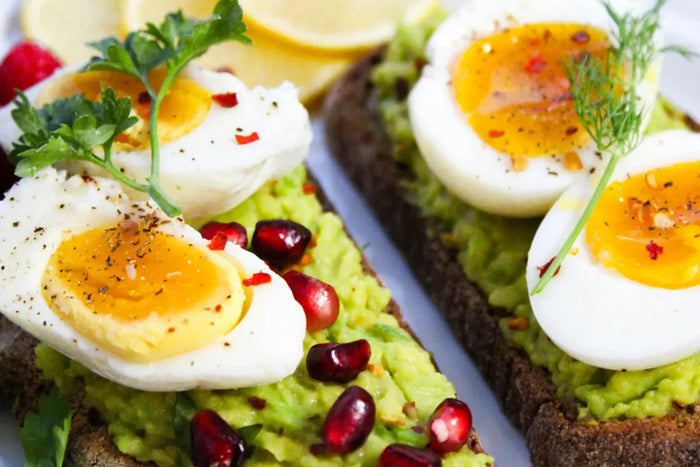Nobody works out just for the warm up - but that doesn’t make it any less important. After all, who wants to slog their way through a series of dull static stretches before they get to the good part? What you don’t know is that doing even a couple of low-key exercises before you race off towards the horizon can make a huge difference to your fitness performance.
A proper warm up before you work out helps to prevent injuries, as well as preparing your nervous system and muscles to perform in the most optimal, way. Dynamic stretches have been shown to give a performance advantage over static stretches, so you should always warm up with exercises which involve movement and guide your joints through their full range of motion rather than simply holding a stretch position for extended periods of time.
We’ve assembled some of the absolute best dynamic exercises to try before your run, bike ride or swim and are simple, easy and involve no equipment. If your exercise regime is focusing specifically on your upper or lower body, choose your moves accordingly to get the best possible results.
Your warm up should take around ten minutes, and you should focus on working your muscles to the point of resistance rather than pain.
Arm reach
Start out in a standing position with your legs wider than hip width apart and your feet facing forwards. Pivot onto your right foot and confidently swing your right arm across your chest, while twisting your upper body and torso in the same direction. Repeat immediately with the other arm before repeating the movement on both sides for 30 to 60 seconds.
Side reach
Again, begin in a standing position with your legs wider than hip width apart. Bending your right knee slightly, lean your body towards the right, while simultaneously stretching your left arm above your head towards the sky on a diagonal. Keep your left leg stretched and long. Once completed, repeat on the other side, then continue on both sides for 30 to 60 seconds.
High knee lift
You might recognise this move from the old-school calisthenics videos your parents used back in the day. Back to our favourite starting position, standing your feet wider than hip width apart. Bending your arms, place your hands behind your head. Lift your left leg up towards your body, bending your knee as if you were trying to touch your rib cage. Repeat on the other side, then continue alternating the same move for 30 to 60 seconds.
Squats with raised heels
Standing with your legs wider than hip width apart, turn your toes out slightly as if you were a ballet dancer. Gently bend your knees, push your hips back and lower yourself into a squat. Drop your arms down between your legs, then push up onto the balls of your feet and raise your heels from the ground. As you raise out of the squat, lift your arms above your head and continue to balance on your toes before bringing your feet back to a flat position. Repeat this sequence for 30 to 60 seconds.
Plank walk out

Everyone’s favourite position to hate on, the plank might be unpopular but there’s no denying that it’s effective. To complete this exercise, begin in a relaxed standing position. Bending down until your hands touch the ground, slowly walk your hands forward, controlling your core, until you’re in a plank position. Pause and hold for a few seconds, then slowly walk your hands back towards your feet, bringing yourself upright once more. Repeat the exercise for 30 to 60 seconds.
Lateral lunge with balance
Stand with your feet hip width apart with your arms relaxed at your sides. Take a large step to the left and push your hips back, bending your left knee and lowering your body towards the floor until your left knee is bent in a 90 degree angle. Push back into an upright position, using your momentum to lift your knee upwards and pull it into your chest with your arms. Repeat on the same side for 30 to 60 seconds before repeating the exercise on your right side.
Star jump
It might take you back to your school PE classes, but star jumps are a classic for a reason. Stand relaxed and upright, with your feet hip width apart. With a burst of energy, simultaneously jump your feet outwards so they’re more than shoulder width apart and raise your arms out to the side and over your head, before quickly reversing the movement without pause. Repeat for 30 to 60 seconds while marvelling at the fact that you must have been fitter as a child than you thought you were, because you’re finding star jumps harder now than you did back then.

















